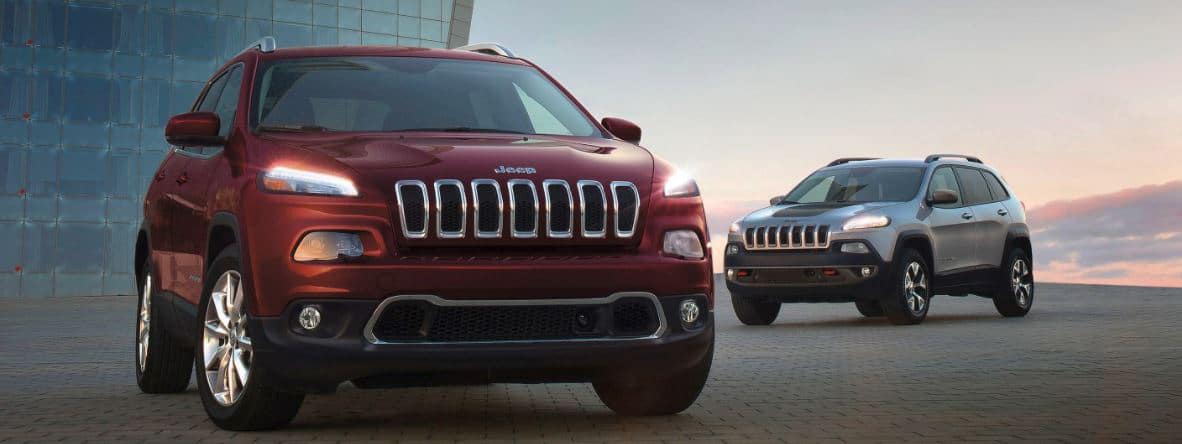Vehicles usually are exposed to airborne pollutants like brake dust, acid rain deposits, industrial fallout, and rail dust. Often these contaminants comprise metal particles, which primarily attack the paint’s clear coat. Though these metal contaminants may be microscopic, they oxidize and let rust to spread underneath the clear coat. Thus, any vehicle fails to show its shiny & sparkling texture even though it is freshly washed. Regrettably, we cannot avoid these key contaminants to firmly bond to the paint surface. Eventually the process of corrosion and expansion begins which distorts and damages the paint film. Since, normal washing or cleaning cannot remove these particles, you need to go for claying and other decontamination techniques to remove them.
Detailing clay bars removes surface contaminants like tar, road grime, insects, oxidation, rust, industrial fallout etc. from the car body. While claying, the clay glides along with the surface of the car paint and grabs anything that projects from the exterior. The surface being clayed should always be wet with clay lubricant to stop loose debris from scratching the vehicle.
If you are facing the same issues with your Jeep, we recommend you visit our authorized Jeep service center in Bengaluru. Our staff at PPS Jeep servicing center, offer the best-in-class services for all your car repairs, overhauling and other jobs. It’s better if you get your car claying done twice a year, or before you polish the paint. If your car is being exposed to industrial areas or heavily contaminated areas, using a clay bar more frequently may be required. Detailing clay in the right way is always safe and nonabrasive.
Detailing Clay also can take away persistent tree sap, bug remains and tar spots. You know, detailing clay works wonder on glass as well? You can try it for washing your windows. And the results are sure to surprise you! Various grades are available in the market as standard clay bars and if you would like to use this but never clayed before we would recommend the fine grade to minimalize the risk of damage.
HOW TO CHECK WHETHER CLAYING IS NEEDED?
The Bag Test: With a simple test you can decide whether you need to clay. Wash and dry your vehicle, put on a plastic sandwich bag to your hand and slightly scrub your fingertips over the paint. If it feels gritty or rough, your paint is contaminated.
What is the process of Claying and Decontamination?
First and foremost, wash your car and dry it. Using an array of cleaning methods, you can wash it yourself or you can visit an automated car wash. Washing of your vehicle is essentials as a few of these methods cause more damage to your car over the period.
After cleaning, you have to clay your car in sections. Initially divide a 2-foot section and spray the area with clay lubricant no bigger than 2 square feet. To avoid paint damage, remember working on a wet surface.
Rub the clay bar in small and circular motions along the damp section. Repeat the process till it runs smoothly over the surface. Later, wipe the area with a microfiber towel. To remove any residue left behind, spray it along with the lubricant and wipe the surface. Note that you should clay with a wax or sealant.
Follow these steps until you’ve clay the entire car. Though the process of clay barring consumes more of your time, this gives outstanding results in making your vehicle shiny and sparkling. In addition, paint decontamination removes the harsh blemishes to refurbish the exterior.
Conclusion: If you feel that you don’t have enough time on your hands to clay your Jeep, visit your nearest PPS Jeep service center in Bangalore. It optimizes both the quality of your car’s claying and offers professional claying services using branded clay lubricants. Apart from the traditional clay bars, we use a special range of synthetic clay bars and clay towels. So, make time and take your Jeep to our contemporary service center to bring back its brand new look.

